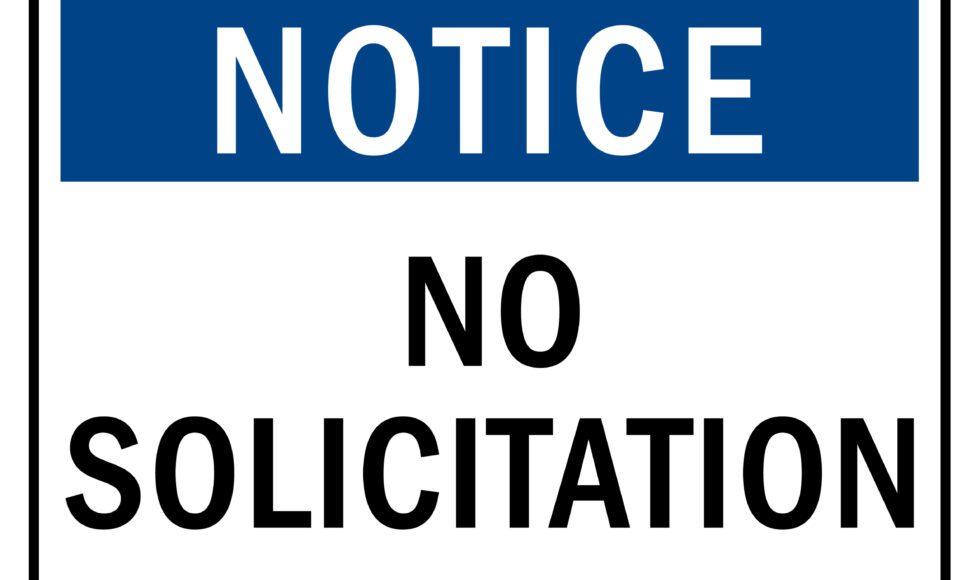Nonsolicitation agreements, also known as non-solicitation clauses, are common in many businesses, including dental practices. These agreements are designed to protect a dental practice’s investment in their staff, patients, referral sources, and proprietary information. For dentists, understanding the nuances of nonsolicitation agreements is important, both for those who own a practice and those considering employment.
A nonsolicitation agreement is a contract that restricts a dentist’s ability to solicit the practice’s patients, staff, referral sources, or all of the above, for a certain period after leaving the practice. This doesn’t mean the dentist cannot work in the same field or area; rather, they cannot actively (or even, sometimes, “indirectly”) seek to take the practice’s patients or employees with them to a new practice.
For example, if Dr. Jones decides to leave Dentists, P.A., she may agree not to reach out to any of the patients she treated there for two years. The purpose is to ensure that the practice retains its patient base and prevents the establishment of a competing practice nearby with a built-in clientele at the expense of Dentists, P.A.
So why are these agreements important? For the practice owner, it takes time and resources to build goodwill (that is, a patient list) and to train staff. When an experienced dentist leaves and opens a new practice, there is a significant risk that they could take a substantial number of these patients and perhaps even some of the staff with them, potentially damaging the original practice.
For the dentist joining a practice, signing a nonsolicitation agreement can seem like a significant commitment. It may limit future opportunities should they decide to leave the practice and establish their own or work elsewhere. Understanding and negotiating the terms of these agreements is crucial. A fair agreement should balance protecting the practice’s interests while not overly constraining the dentist’s future career moves.
Legally, the enforceability of nonsolicitation agreements varies by state. Some states have strict rules about what is considered reasonable in terms of geographic scope and duration. Agreements must be carefully crafted to be considered fair and enforceable. Enforcing a nonsolicitation agreement can be a delicate process and may require legal action if a breach occurs. Sometimes, employers will seek to set “liquidated damages,” for example, $5,000 per patient treated, to avoid some of the uncertainty.
To conclude, nonsolicitation agreements serve an important role in the dental industry by safeguarding a dental practice’s valuable assets: its staff, patients, and referral sources. They necessitate a balance between the legitimate business interests of the practice and the rights of the dentists to continue their profession upon leaving a practice. As a dentist, whether you are hiring for your practice or contemplating a position, it’s wise to consult with a legal expert to understand the implications of such agreements. It ensures that you are protected and informed, and can continue to provide quality dental care to the community.


